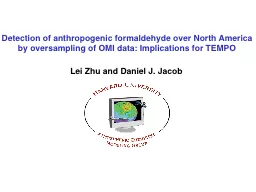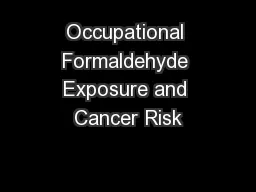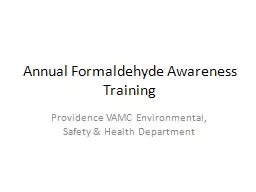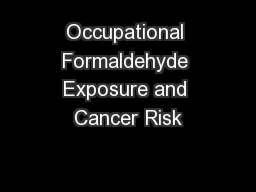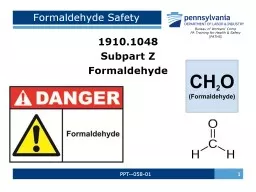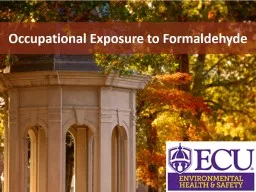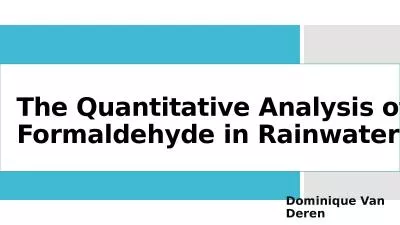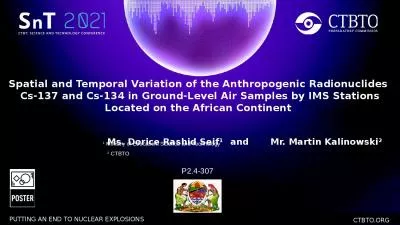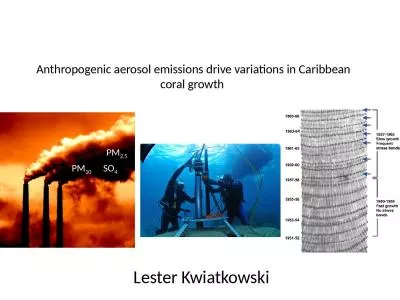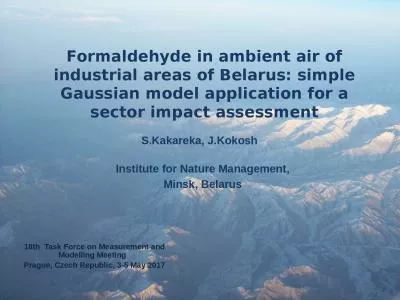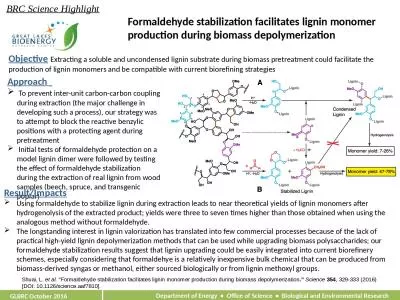PPT-Detection of anthropogenic formaldehyde over North America
Author : calandra-battersby | Published Date : 2016-06-11
by oversampling of OMI data Implications for TEMPO Lei Zhu and Daniel J Jacob HCHO observations from space constrain emissions of highly reactive volatile organic
Presentation Embed Code
Download Presentation
Download Presentation The PPT/PDF document "Detection of anthropogenic formaldehyde ..." is the property of its rightful owner. Permission is granted to download and print the materials on this website for personal, non-commercial use only, and to display it on your personal computer provided you do not modify the materials and that you retain all copyright notices contained in the materials. By downloading content from our website, you accept the terms of this agreement.
Detection of anthropogenic formaldehyde over North America: Transcript
Download Rules Of Document
"Detection of anthropogenic formaldehyde over North America"The content belongs to its owner. You may download and print it for personal use, without modification, and keep all copyright notices. By downloading, you agree to these terms.
Related Documents

